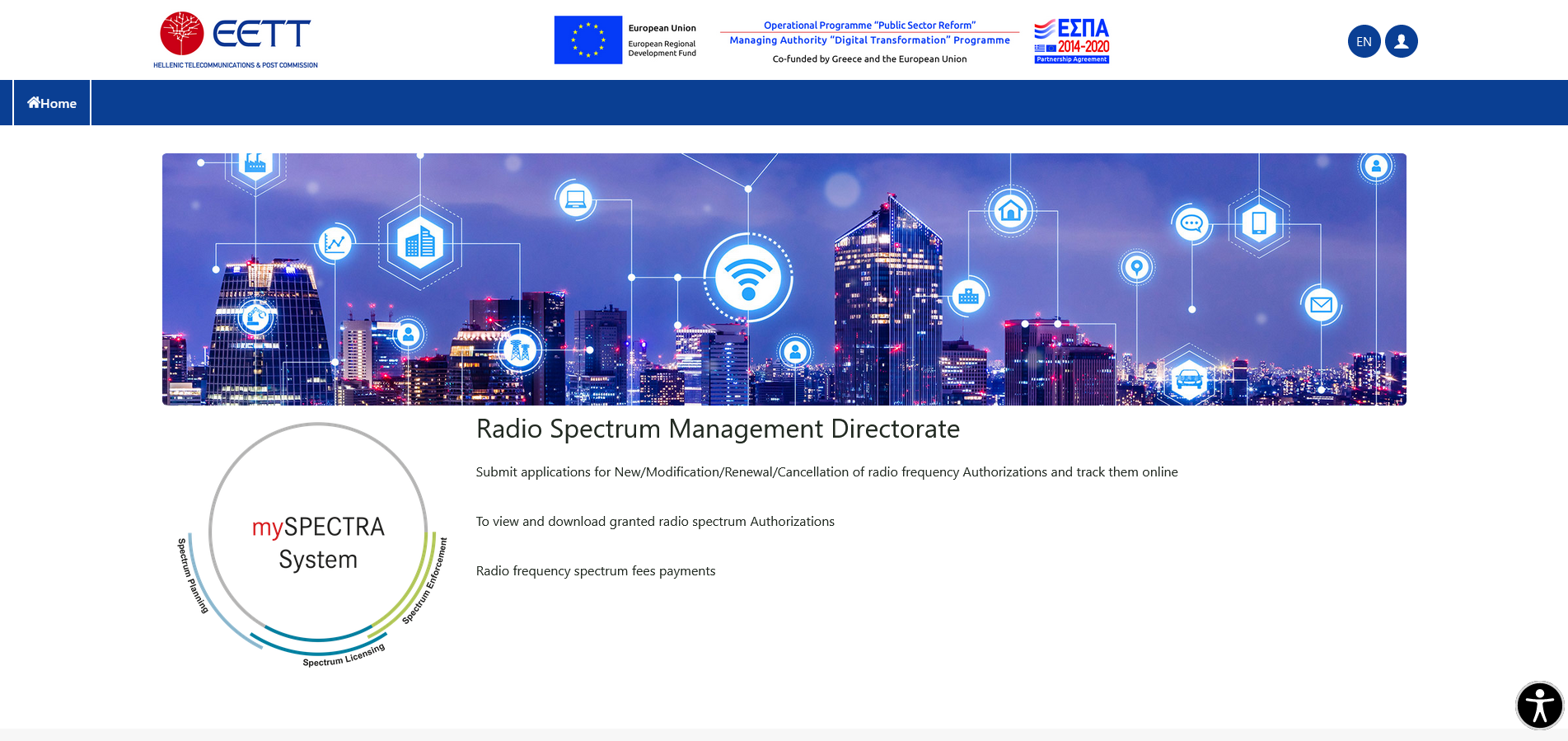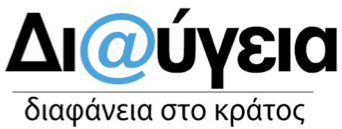VDSL Vectoring technology is deployed in Fiber to the Cabinet (FTTC) subscriber access lines using VDSL technology, significantly increasing transfer rates (speeds up to 200Mbps). This technology allows further exploitation of the existing copper network, given that high speeds can be achieved, whereas the cost is relatively lower than deploying a Fiber to the Home (FTTH) network based on Gigabit-capable Passive Optical Networks (GPON) technology.
In the framework of the fourth round of analysis for the wholesale local access market, EETT specified the procedure for the introduction of VDSL Vectoring technology. EETT imposed obligations, including the definition of a virtual wholesale access product, in order to ensure effective competition in the wholesale local access market. In addition, EETT determines the areas where networks will be deployed.
OTE and the alternative providers use this technology to deploy Next Generation Access (NGA) networks. VDSL Vectoring technology can be applied to OTE’s access network, excluding cabinets in a cable distance less than 550 meters from OTE’s local exchange, in which all providers offer VDSL services from the exchange. In addition, operators can deploy an alternative NGA architecture/technology, on condition that retail broadband Internet access at speeds higher or equal to 100Mbps is provided.
Providers apply for OTE’s local exchange areas in which they are willing to deploy NGA networks (in specific outdoor cabinets). EETT, after examining the requests, proceeds to assign the areas based on specific criteria. Providers are bound by obligations in terms of the roll-out time frame and technology of their networks.
The process for the assignment of areas includes:
- The first assignment (available in Greek), of a 32-month duration, in 3 phases.
- The annual assignments (available in Greek).
EETT monitors the progress of network deployment through on-site inspections and mandatory periodic reports submitted by providers. Any changes in technology/timetable for the activation of networks must be approved by EETT.






